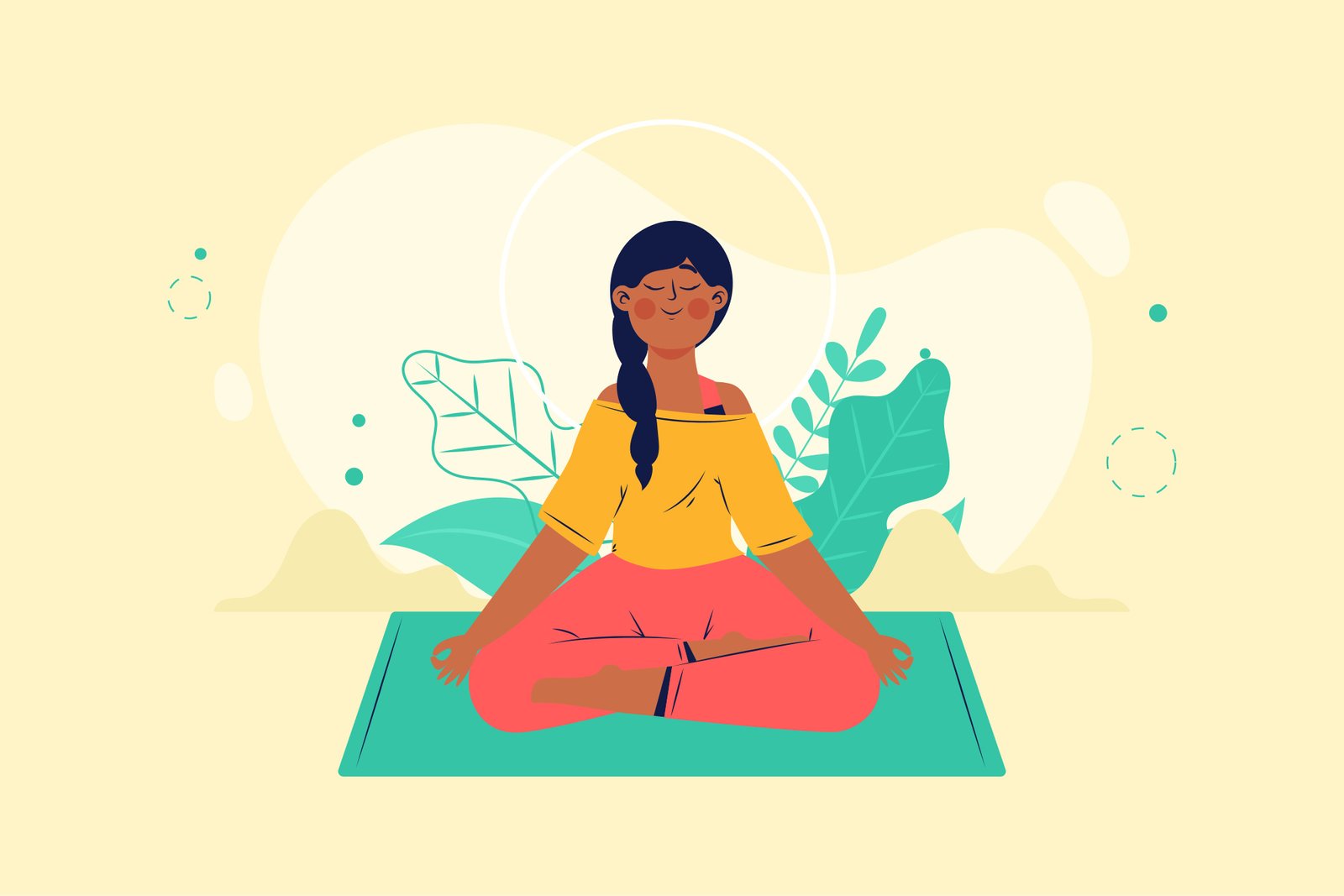Feeling Overwhelmed? How to Build Your Personal “First-Aid Kit” for Stress

Imagine this: You’ve had a tough day. Your inbox is overflowing, the traffic was a nightmare, and you just spilled coffee on your favorite shirt. You can feel that familiar tension building in your shoulders and a frazzled feeling taking over your mind. What do you do?
For many of us, the answer is to just push through it or get lost in mindless scrolling. But what if you had a dedicated set of tools ready to go—a personal first-aid kit for your emotions?
That’s exactly what a “Stress-Relief Toolkit” is. It’s not a physical box (though it can be!), but a pre-planned collection of simple, reliable strategies you can turn to when you feel overwhelmed. Instead of scrambling for a solution in the heat of the moment, you’ll have a go-to menu of options that work specifically for you.
Ready to build yours? Let’s get started.
Step 1: Understand Your Stress Triggers
Before you can pack your toolkit, you need to know what kind of “emergencies” you’re preparing for. Take a moment to think about what typically sends your stress levels soaring. Is it a looming deadline at work? A difficult conversation with a family member? Maybe it’s the noise and rush of your daily commute.
You don’t need a detailed analysis, just a general idea. Knowing your triggers helps you prepare and use your tools proactively, rather than waiting until you’re already in meltdown mode.
Step 2: Choose Your Tools (Mix and Match!)
The best toolkit is a varied one. You wouldn’t pack a first-aid kit with only bandages, right? You need different tools for different problems. The same goes for stress. A technique that works wonders when you’re feeling anxious might not be as helpful when you’re feeling angry or sad.
Here are some ideas, broken down by category. Pick a few that genuinely appeal to you.
1. Tools for a Quick Reset (1-5 Minutes)
These are your go-to items for immediate relief when you’re in the thick of it.
- Deep Belly Breathing: The classic for a reason. Inhale slowly for four counts, hold for four, and exhale for six. This simple act sends a direct signal to your brain’s alarm system to stand down.
- The 5-4-3-2-1 Grounding Technique: Pull yourself out of a thought spiral by engaging your senses. Name 5 things you can see, 4 you can feel, 3 you can hear, 2 you can smell, and 1 you can taste.
- A Power Playlist: Create a mini-playlist with 1-3 songs that either instantly calm you down or boost your mood. Pop in your headphones and let the music shift your energy.
- Cold Water Splash: A splash of cold water on your face or running your wrists under a cold tap can shock your system just enough to break the stress cycle.
2. Tools for Releasing Physical Tension (10-20 Minutes)
Stress loves to live in our bodies—in our tight shoulders, clenched jaws, and aching backs. These tools help you physically let it go.
- A Brisk Walk: Getting outside and moving your body, even just for a 10-minute walk around the block, can work wonders. It helps burn off excess stress hormones like adrenaline.
- Stretching: You don’t need a full yoga routine. Simply reaching your arms overhead, rolling your neck and shoulders, or touching your toes can release a surprising amount of tension.
- Dancing It Out: Put on your favorite high-energy song and just move. It’s a fun, judgment-free way to shake off a bad mood.
3. Tools for Creative and Sensory Escape
Sometimes the best way to de-stress is to get out of your own head and into a focused, creative, or sensory activity.
- Doodling or Coloring: Grab a pen and paper and just let your hand move. An adult coloring book can be especially meditative.
- A Scent Anchor: Our sense of smell has a powerful connection to memory and emotion. Keep a small bottle of a calming essential oil (like lavender or chamomile) or a scented hand cream at your desk. Inhale the scent deeply when you need a moment of peace.
- The Perfect Cup of Tea: The ritual of brewing and slowly sipping a warm, non-caffeinated beverage like chamomile or peppermint tea can be incredibly soothing.
Step 3: Pack Your “Kit” and Make It Accessible
Now that you’ve chosen your tools, the final step is to make them easy to access. The last thing you want is to be searching for your “calm” playlist when you’re already stressed.
- Create a Digital Toolkit: Write a note on your phone titled “My Stress-Relief Tools.” List your chosen exercises, link to your playlists, and maybe even save a few calming images or guided meditation videos.
- Build a Physical Toolkit: If you prefer something tangible, create a small box or bag. You could include a stress ball, a small journal and pen, your favorite tea bags, a bottle of essential oil, and headphones. Keep it in a place you can easily get to, like your desk drawer or your car.
Building your stress-relief toolkit is an act of self-care. It’s you, looking out for your future self. The next time stress knocks on your door, you won’t have to panic. You’ll be ready to open your toolkit and find exactly what you need to reclaim your calm.



